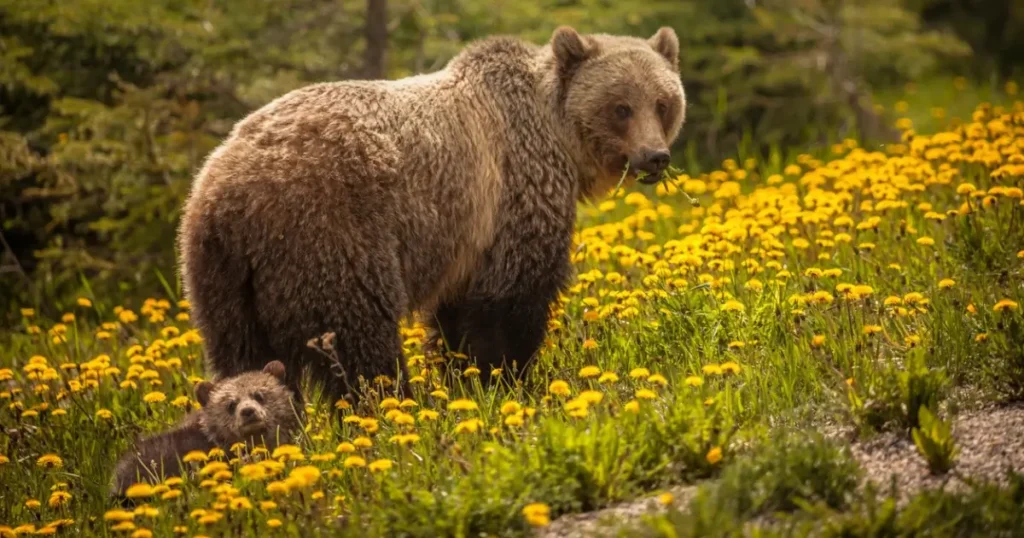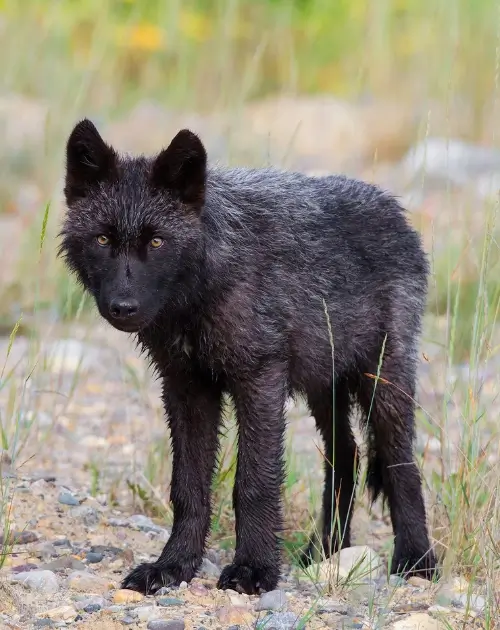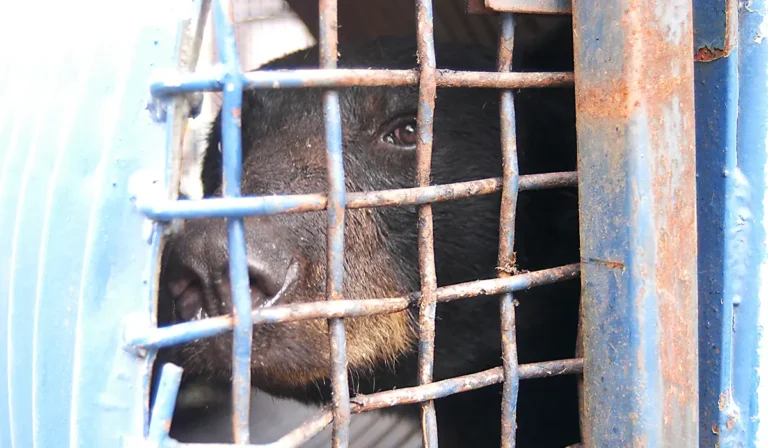
Photo by benkrut / Getty Images
By Dr. Chris R. Shepherd, The Fur-Bearers’ Advisory Board Member
Conservation efforts in Canada tend to focus on habitat loss, species recovery, and responses to other global threats, such as climate change. However, one threat that is often overlooked is the illegal and unsustainable trade in wildlife. Many Canadians may be aware of the illegal hunting of wild animals, such as elephants for ivory, rhinos for horns and tigers for traditional medicine, but these threats may seem distant from the everyday lives of Canadians.
Nevertheless, Canada is not immune to illegal and unsustainable wildlife trade. Wildlife is imported and exported in vast quantities from Canada. Ignoring our participation in global trade could threaten Canada’s natural and cultural heritage through loss of biodiversity, introduction of invasive species, and the spread of novel pathogens.
Wildlife trade encompasses the trade of wild animals and plants, including live specimens, parts, and derivatives. This trade can be legal or illegal, involving a diverse array of species and products. Wildlife is traded for a number of purposes, including meat – both for sustenance and luxury consumption, parts for traditional medicinal and ceremonial use, for luxury items and trophies, and live as pets, and for zoos and private collections.
Some trade occurs domestically, within a country or region, but much of wildlife trade crosses international boundaries to meet the demand over vast distances. The international wildlife trade is a leading threat to rapidly growing long list of species. It is comparable in scale to the illicit trades in arms, drugs and humans. While much of the wildlife trade is legal, illegal and unsustainable trade is widespread and, in many places, largely uncontrolled.

Photo by Finn Steiner / Getty Images
The Canadian Connection
Wildlife trade has been an important part of Canada’s history, dating back to the early fur trappers and traders. Today, Canada’s involvement in trade has expanded to include multiple other wildlife commodities sourced domestically and abroad. Some Canadian species, such as turtles and eels, are collected illegally and enter the international markets. At the same time, illegally or unsustainably sourced wildlife is imported into Canada to feed markets for pets, curios, traditional medicine and other purposes.
Canada is a party to the Convention on International Trade in Endangered Species of Wild Fauna and Flora (CITES), and it has been since the Convention entered into force in 1975. CITES aims to ensure that international trade does not threaten the survival of wild species. In simpler terms, CITES is a pact where countries come together and say, “Let’s make sure that trading certain wild animals and plants doesn’t lead to their extinction.” CITES is designed to monitor and regulate international wildlife trade through a system of permits.
In Canada, CITES is implemented through the Wild Animal and Plant Protection and Regulation of International and Interprovincial Trade Act (WAPPRIITA). However, little is known about Canada’s role in the global wildlife trade. This is especially concerning, as wildlife trade may threaten Canada’s natural heritage, biodiversity, biosecurity, and animal welfare.
Knowledge of the scope and breadth of Canada’s involvement in global wildlife trade is concerningly low. To better understand Canada’s role in the global wildlife trade stage, and to identify research gaps and opportunities, Monitor Conservation Research Society (Monitor) conducted a review of the existing literature. We found that Canada’s role in both legal and illegal trade was described in numerous articles focused on global wildlife trade or trade in other parts of the world. In other words, Canada is known in the international community as a source and sink of wildlife. However, there was a concerning lack of research focused specifically on Canada. As a result, substantial gaps remain in our scientific understanding of Canada’s role in trade. For example, little research has been conducted to understand the role Canada plays in the exotic pet trade. While it is clear that Canada plays a substantial role as both importer and exporter, the study illustrates that in the absence of systematic scientific research, it is difficult to determine the extent to which these trades are legal and sustainable.
Our review underscores the need to enhance academic knowledge and policy tools to effectively identify and address trade issues concerning Canadian and non-native wildlife. Implementing a robust monitoring system in Canada is critical to achieving successful oversight, characterisation, and control of wildlife trade in Canada.

Photo by John E. Marriott / WildernessPrints.com
What's Next For Canada's Wildlife?
Canada needs to urgently allocate greater resources to scientific research on wildlife trade to ensure that illegal and unsustainable trade does not undermine conservation efforts in Canada.
Our review underscores the need to enhance academic knowledge and policy tools to effectively identify and address trade issues concerning Canadian and non-native wildlife. Implementing a robust monitoring system in Canada is critical to achieving successful oversight, characterisation, and control of wildlife trade in Canada.
If you are interested in reading the full publication, you can download it at: https://link.springer.com/article/10.1007/s10344-023-01763-2. Also, check out Monitor’s publication page at https://mcrsociety.org/publications/ where all of Monitor’s many publications are listed on various issues and species, ranging from pangolins to leopards, monitor lizards and more.
Monitor is a BC-based not-for-profit organization focused on lesser-known species, issues and geographic locations in wildlife trade, filling an important niche that is most often overlooked. Monitor relies on donations and grants to continue our work, tackling the illegal and unsustainable trade in lesser-known species. Our research is designed to publish evidence to support enforcement efforts, to strengthen national and international policies, and to reduce demand for a wide variety of species, including songbirds, tortoises and freshwater turtles, otters, bears and more. Please support us at https://mcrsociety.org/donate.
How You Can Help
Ending illegal and unsustainable wildlife trade, requires coordinated efforts from governments, organizations, and individuals. While the issues seem complicate, everyone has a role to play.
Here’s how you can help:
Educate and Raise Awareness. Educate yourself and share this knowledge with others. Understanding the consequences of buying illegal wildlife products can deter demand. Use social media to share articles, news and stories that highlight the plight of endangered species.
Make Wildlife-Friendly Choices. Do not purchase products made from endangered species, such as ivory, exotic pets, traditional medicines containing animal parts, or luxury items made from furs and skins. If in doubt, check, and if you can’t be certain, don’t buy.
Support Legislation and Enforcement. Contact local representatives to express your concerns and urge them to take action against wildlife trafficking. If you suspect illegal wildlife trade activities, report them to the authorities.
Support Conservation Organizations. Contribute to organizations working to protect wildlife and combat illegal trade. You can help fund conservation projects. You can also join or support campaigns aimed at stopping wildlife trade.
Responsible Wildlife/Eco-Tourism. When traveling, choose eco-tourism options that support wildlife conservation. Avoid attractions that exploit animals for entertainment, such as kopi luwak farms in Bali.
About Dr. Chris R. Shepherd
Dr. Chris R. Shepherd is the executive director of Monitor and leads a small team of professionals who develop and implement projects around the world. Now based in BC, Chris has spent close to three decades tackling the illegal and unsustainable trade in wildlife. He lived in Southeast Asia for more than two decades, carrying out research on the trade in a wide variety of species, including elephants, big cats, songbirds, otters, tortoises and freshwater turtles and many more. Chris is a member of multiple IUCN SSC specialist groups and is the focal point for illegal and unsustainable trade issues in many of these.
You can follow Monitor Conservation Research Society on LinkedIn, and at @mcrsociety on Instagram, Facebook and Twitter/X.
